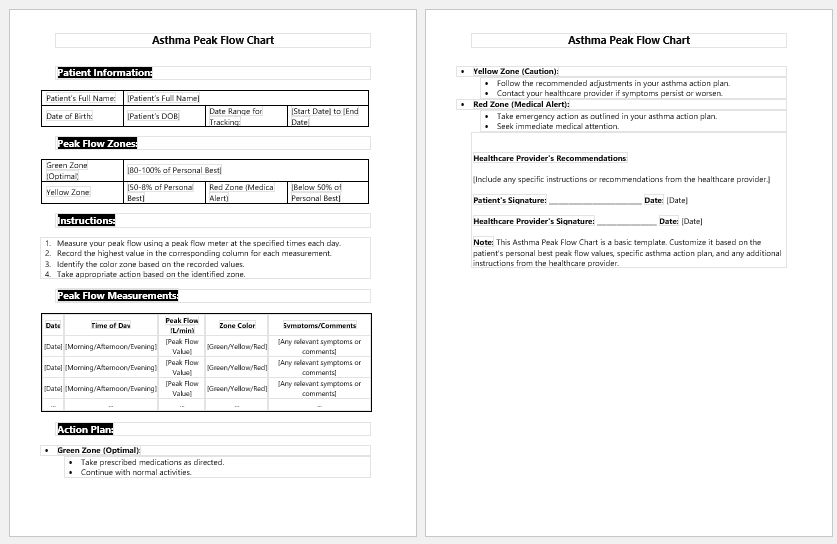Asthma is the most common disease of the respiratory tract. It is an inflammatory disease of the lungs. Mainly, the airways are affected as a result of a series of inflammatory reactions. Scientifically, asthma is defined based on a series of clinical symptoms and is diagnosed on the same basis. Asthma has many levels of severity. The most severe and acute form is called status asthmaticus.
Other forms of asthma are listed below:
Childhood allergic asthma
This form of asthma starts its early manifestations in early childhood. It usually presents before the age of 12. The causes of childhood-onset asthma are allergies in almost all cases. This allergy is the result of atopy.
Adult-onset asthma
This is another form of severe asthma that does not appear in childhood but comes later in adulthood. 34 percent of this type of asthma is due to atopy. Atopic asthma manifests as a result of any allergen for which genes are encoded.
The pathological mechanism of asthma
Part of the respiratory tract is the target area of asthma. Chronic exposure to allergens or stimuli causes repeated responses in the airways of the respiratory tract. As a result of irritation, inflammatory substances are released from the local tissue, causing local reactions.
There is increased mucous production and mechanical narrowing of the airways, along with inflammatory substances that make it difficult to breathe. All these events result in difficulty breathing, wheezing of the chest, and respiratory distress in patients with asthma.
Diagnosis of asthma
Most of the time, there is a clinical diagnosis of asthma. But to know the extent and cause of asthma, certain other tests may be required. The most common method is spirometry. This is not a diagnostic test, but it helps in supporting the diagnosis. Peak expiratory flow is measured through spirometry.
Peak expiratory flow
- After full inspiration, the maximum flow that can be possible for a person through forceful expiration is called peak expiratory flow. Other than spirometers, they can also be measured by specially designed peak flow meters.
- The technique of measuring peak expiratory flow matters a lot. After full inspiration, the patient has to put his mouth on the device and expire with his full efforts using his chest and abdominal muscles. The value obtained is the peak expiratory flow of the patient.
- The values of peak expiratory flow are correlated with the symptoms of asthma, as shown in many studies done on spirometry and asthma. Usually, there is a decrease in peak flow values in severe cases of asthma. This is the reason it is used as the only supporting method for the diagnosis of asthma.
Asthma peak flow chart
The asthma peak flow chart is maintained for the same reason. It is used to correlate the symptoms with the values obtained at different intervals and in different situations. Hospitalized patients are specially assessed for the PEF1 values to know if the patient’s symptoms are relieving as a result of medications or not.
- Nursing Documentation Templates
- Letters for being Unfit to Travel
- Mental Health Evaluation Forms
- Forms Used by Pediatricians
- Various Forms Related to Pregnancy Verification
- Common Forms Used by ENT Specialists
- Patient Registration Confirmation Messages
- Quotation Letter for Medical Services
- Mental Health Letter by Doctor
- Excuse Letter for Absence due to Medical Checkup
- Response Letter to Feedback on Improvement in Hospital
- Letter to a Mother Who Miscarried
- Patient Feedback Letter Complaining on Issues or Incidents
- Letter to Family about Miscarriage
- Patient Constructive Feedback Letter for Quality Care Improvement


